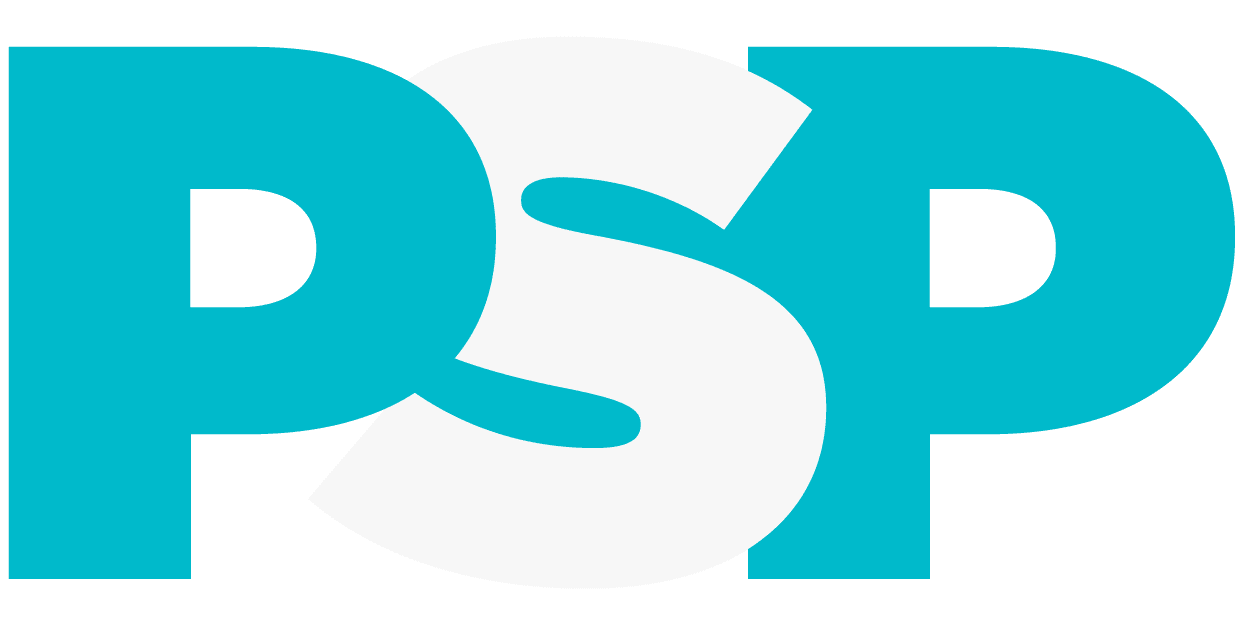Beverly Hills facial plastic surgeon discusses the clinical profile and U.S. adoption potential of the neuromodulator which is already well-established in the Korean market.
With the entry of Letybo (letibotulinumtoxinA), from Hugel Aesthetics, into the U.S. aesthetic market, physicians and patients alike are beginning to evaluate how this botulinum toxin, which received FDA approval last year, stacks up against long-established brands. Plastic Surgery Practice spoke with Donald Yoo, MD, a double board certified facial plastic surgeon based in Beverly Hills, Calif, about his clinical experience with the product. Yoo also discusses Persana, a tech platform aimed at streamlining access to world-class physicians by connecting people in real time to the best physician for their desired aesthetics procedure. Having gained significant traction in Asia and Europe, Letybo now faces the challenge of earning trust in a brand-saturated American market.

Plastic Surgery Practice: Letybo is being positioned as a high-purity, smooth-diffusing botulinum toxin with long-lasting results. Based on your expertise and experience, how does it compare to established brands in terms of efficacy and patient outcomes?
Donald Yoo, MD: Letybo has been the number one neuromodulator in the Korean cosmetic market for the past 7 years, and has sold over 26 million vials in Asia, Europe, and Australia, and during that time has demonstrated an outstanding safety profile. Its positioning as a high-purity, smooth-diffusing botulinum toxin aligns with clinical observations of a natural, soft finish. In my experience, it performs on par with more established neurotoxins in terms of duration—around 3 to 4 months. Onset appears slightly quicker than Botox, with observable effects within a few days rather than the one-to-two-week timeline with Botox. This is in line with competitors such as Dysport.
PSP: With Letybo’s growing presence in Europe and China, but relatively low awareness in the United States, what challenges and opportunities do you see for its adoption in the American aesthetic market?
Yoo: The U.S. neuromodulator market is extremely competitive and heavily brand-driven, so Letybo’s biggest challenge will be building trust, name-recognition and awareness among both providers and patients. However, the opportunity lies in its already established and continually growing international credibility—especially in markets like Korea and Asia, where innovation in aesthetics is often ahead of the curve. If supported by solid clinical data, transparent education, and competitive pricing, Letybo could become a strong alternative for providers seeking to diversify or optimize results.
PSP: Every botulinum toxin has unique properties that influence how it spreads, how quickly it takes effect, and how long it lasts. Have you observed any distinct differences with Letybo that could make it particularly suited—or unsuited—for certain patient needs?
Yoo: Yes. Every neurotoxin has its own diffusion profile and onset characteristics due to the differential accessory proteins they carry surrounding the botulinum core protein they all share in common. Letybo seems to diffuse smoothly and evenly, making it well-suited for fine-line work or areas where precision and subtlety matter, like the forehead or crow’s feet. In the three FDA clinical trials it underwent with over 1200 patients, it showed itself to be just as effective as Botox for the glabella or frown lines. Due to its effectiveness and outstanding safety profile it certainly earns its place in a well-rounded injectable portfolio. Some patients who have developed Botox resistance or developed neutralizing antibodies to other neuromodulators may benefit from trying a slightly different formulation like Letybo.
PSP: Pricing and accessibility often play a role in product adoption. Given the rise of platforms like Persana that are streamlining access to injectables, how do you see tech-driven beauty services influencing the neurotoxin landscape?
Yoo: As a Persana-verified physician, I’ve seen firsthand how innovative tech platforms like Persana are transforming the industry by making access to peer-vetted aesthetic physicians more seamless. By matching patients in real time to world-class physicians who specialize in one’s desired procedure, these platforms reduce time spent researching and ensure access to credible, qualified doctors.
PSP: Many patients are brand loyal when it comes to injectables. What would you say to doctors who are hesitant to add a new option to their offerings? Are there any specific cases where you might recommend it over other options?
Yoo: Skepticism is natural, especially in a market where patient trust and outcomes are everything. That said, innovation always starts with curiosity and careful observation. I’d encourage providers to try Letybo in controlled, low-risk cases—perhaps with patients seeking a softer or more natural aesthetic, or cases of Botox resistance—and compare results firsthand. The more options we have, the better we can personalize care. In some cases, Letybo may offer a better fit for a patient’s goals, and being able to offer that option is a strength, not a risk. PSP
Main image photo credit: ID 182830119 © Viacheslav Iacobchuk | Dreamstime.com


